Hair loss is a common concern for many individuals, both men and women. It can impact self-esteem and confidence, leading people to seek out effective treatments. Minoxidil is a popular option for combating hair loss and promoting hair regrowth. However, there are different strengths of minoxidil available, with 2% and 5% being the most commonly used for females. This article will explore the differences between minoxidil 2% and 5% and determine if high strength minoxidil is more effective.
What is Minoxidil?
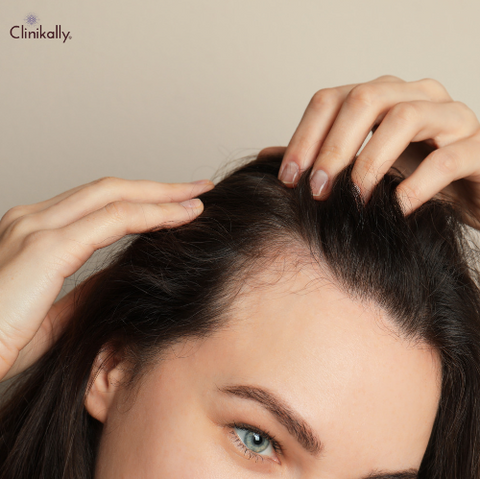
Minoxidil is an FDA-approved medication used to treat hair loss. Originally developed as an oral medication for hypertension, its hair growth properties were discovered as a side effect. Minoxidil is available in topical form, typically in the form of a solution or foam, and is applied directly to the scalp. It is believed to work by improving blood flow to the hair follicles, stimulating hair growth and preventing further hair loss.
How Does Minoxidil Work?
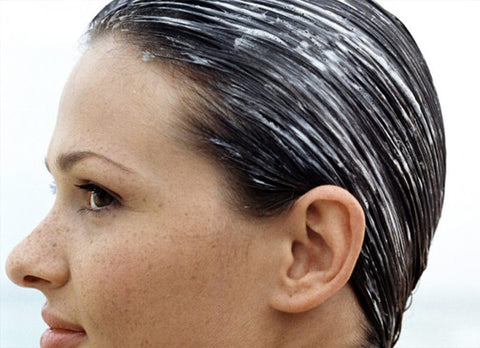
The exact mechanism of how minoxidil promotes hair growth is not fully understood. However, it is believed to work by widening the blood vessels, opening potassium channels, and improving blood flow to the hair follicles. This increased blood flow provides the necessary nutrients and oxygen to support hair growth and stimulate the dormant hair follicles.
Minoxidil also has a prolonged growth phase (anagen phase) of the hair follicles, which allows more time for hair to grow. It may also increase the size of hair follicles, leading to thicker and stronger hair strands.
Minoxidil for Hair Loss: What Dosage is Effective?
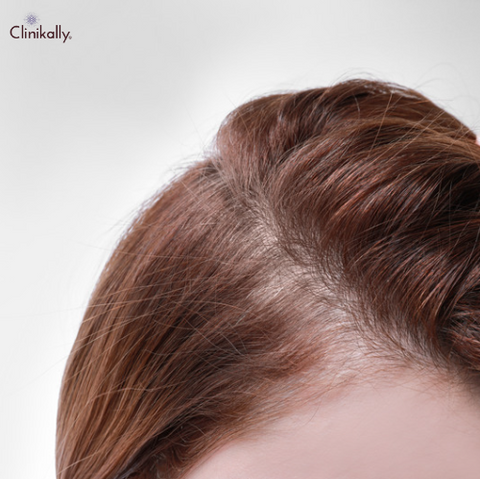
The effectiveness of minoxidil for hair loss depends on the dosage used. For females, the most commonly available strengths are 2% and 5% minoxidil. It is important to note that minoxidil is not a one-size-fits-all solution, and the appropriate dosage may vary from person to person.
Minoxidil 2% vs 5%
Minoxidil 2% is the lower strength available for females and is often recommended as a starting point for those who are new to minoxidil or have sensitive skin. It is generally well-tolerated and has shown effectiveness in promoting hair regrowth in some individuals. However, due to its lower concentration, it may take longer to see visible results.
On the other hand, minoxidil 5% is a higher strength that may provide more noticeable results in a shorter period. The increased concentration of minoxidil in the 5% solution allows for better absorption and may stimulate hair growth more effectively. It is important to note that using the 5% solution may also increase the risk of side effects, which will be discussed in detail later.
When choosing between minoxidil 2% and 5%, it is recommended to consult with a healthcare professional or a dermatologist. They can assess your specific situation and recommend the most suitable dosage based on factors such as the severity of hair loss, skin sensitivity, and overall health.
Minoxidil 5% vs 10%
While minoxidil 5% is commonly available, there is also a 10% strength available in some formulations. The 10% minoxidil solution is considered a high-strength option, and it is generally not recommended for use without medical supervision.
The higher concentration of minoxidil in the 10% solution may provide enhanced hair regrowth effects. However, it also increases the risk of side effects, which can be more severe compared to lower concentrations. Due to the potential risks and the need for medical guidance, it is crucial to consult with a healthcare professional before considering the use of 10% minoxidil.
Potential Side Effects of Minoxidil
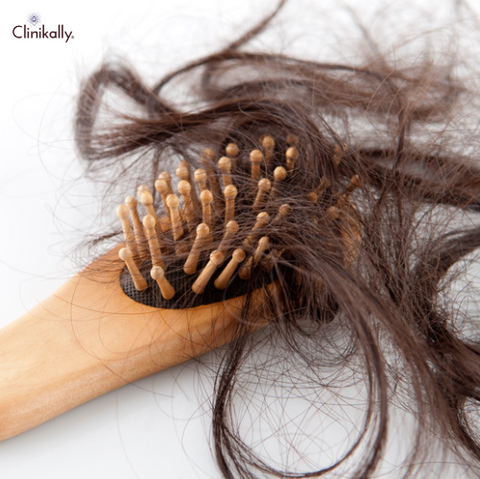
Like any medication, minoxidil can cause side effects. Although generally well-tolerated, some individuals may experience:
- Scalp irritation: Itching, redness, or dryness of the scalp are common side effects that may occur, especially when starting treatment. These symptoms usually subside over time as the scalp adjusts to the medication.
- Facial hair growth: Minoxidil can stimulate hair growth in areas where it is not intended, such as the face. This can be particularly concerning for women who may experience increased facial hair growth.
- Cardiovascular effects: Minoxidil can be absorbed into the bloodstream and may cause cardiovascular side effects in rare cases. Symptoms such as chest pain, rapid heartbeat, or light-headedness should be reported to a healthcare professional immediately.
- Allergic reactions: Some individuals may be allergic to minoxidil, resulting in hives, rash, or difficulty breathing. Seek medical attention if any allergic reactions occur.
It is important to follow the instructions provided with the medication and consult a healthcare professional if any side effects occur or persist.
Other Treatment Options for Hair Loss
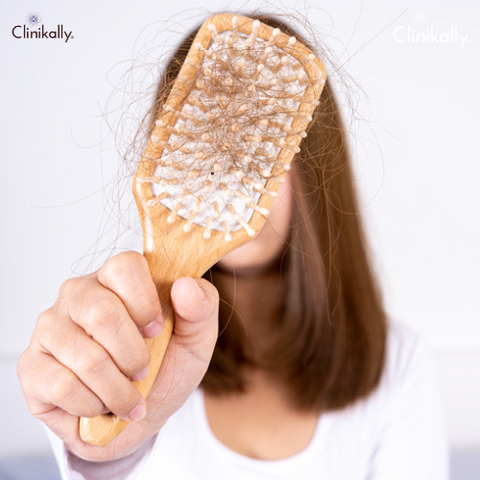
While minoxidil is a popular choice for hair loss treatment, there are other options available as well. Two common alternatives to consider are finasteride and Redensyl.
Minoxidil vs Finasteride
Finasteride is an oral medication that works by reducing the levels of dihydrotestosterone (DHT) in the body. DHT is a hormone that contributes to hair loss, particularly in individuals with androgenetic alopecia. Unlike minoxidil, which is applied topically, finasteride addresses hair loss internally.
Minoxidil and finasteride can be used together as a combination treatment for hair loss. Minoxidil promotes hair growth, while finasteride helps to prevent further hair loss. It is important to note that finasteride is typically prescribed for men and may not be suitable or FDA-approved for use in women, especially those who are pregnant or planning to become pregnant.
Minoxidil vs Redensyl
Redensyl is a newer hair growth ingredient that has gained attention in the cosmetic industry. It is a patented blend of various compounds and plant extracts that claims to activate the hair follicle stem cells, promoting hair growth. Redensyl is often found in hair serums or shampoos and is applied topically.
Comparing Minoxidil and Redensyl, minoxidil has a longer history of use and has been extensively studied for its effectiveness in promoting hair growth. Redensyl, on the other hand, is a relatively new ingredient, and there is limited clinical evidence to support its claims. Further research is needed to fully understand its efficacy compared to minoxidil.
Bottom Line
When it comes to choosing between minoxidil 2% and 5%, it is essential to consider individual factors such as the severity of hair loss, skin sensitivity, and personal preferences. While high strength minoxidil may provide more noticeable results in a shorter period, it also increases the risk of side effects. It is advisable to consult with a healthcare professional or dermatologist to determine the most suitable treatment option and dosage for your specific needs.
Minoxidil is just one of several treatment options available for hair loss. Finasteride and Redensyl are alternative choices that can be considered, but they have their own benefits and considerations. Ultimately, the best treatment plan will vary from person to person, and it is important to discuss options with a healthcare professional to find the most effective and suitable approach for addressing hair loss concerns.
Remember, achieving successful hair regrowth requires patience and consistency in following the recommended treatment plan. It is also important to manage expectations, as results can vary among individuals. With the right treatment and care, you can take positive steps towards maintaining healthy hair and regaining confidence in your appearance.
















